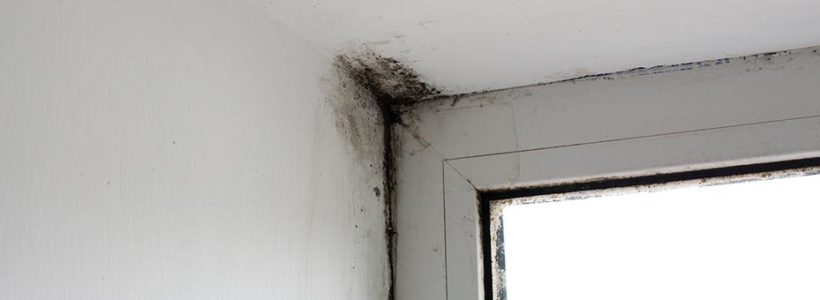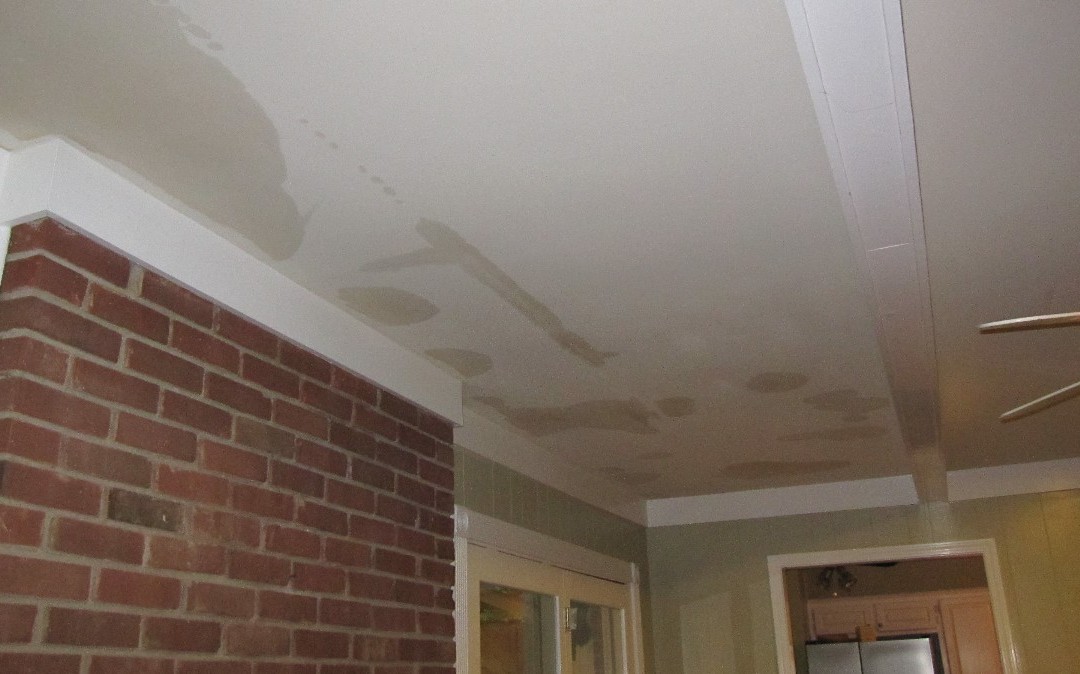Tips to Detect and Fix Water Stains on Walls
Tips to Detect and Fix Water Stains on Walls
Blog Article
The article which follows relating to Water Stains on Walls is quite engaging. You should see for yourself.

Water stains on wall surfaces are not enjoyable to the eyes. In some cases it seems almost unpreventable to experience water discolorations on walls in residences.
Property owners living in damp areas continuously manage the worry of water discolorations on walls. However that does not need to be the case for you. With well-rounded as well as exact info on the sources of water discolorations and prompt repair service procedures, you will certainly always be a step ahead of such incidents. This article assures to be a helpful guide for you.
3 Typical Reasons For Water Discolorations on Walls
In contrast to common belief, water spots on wall surfaces do not constantly stem from poor structure materials. There are a number of causes of water spots on wall surfaces. These include:
Poor Drain
This will protect against water from permeating right into the wall surfaces. This web links to too much dampness that you discover on the wall surfaces of your structure.
The leading reason of wet walls, in this situation, can be a bad drain system. It can additionally result from poor administration of sewage pipes that go through the building.
Moist
When warm moist air meets dry chilly air, it creates water droplets to base on the wall surfaces of buildings. This happens in bathroom and kitchens when there is steam from cooking or showers. The water beads can discolor the bordering walls in these parts of your residence as well as infect various other locations.
Damp or condensation impacts the roof as well as wall surfaces of buildings. When the wall surface is damp, it creates an appropriate environment for the growth of microorganisms and also fungi.
Pipe Leaks
Most houses have a network of water pipelines within the wall surfaces. It constantly increases the feasibility of such pipelines, as there is little oxygen within the walls.
A drawback to this is that water leakage impacts the wall surfaces of the building and causes prevalent damage. An indicator of faulty pipelines is the appearance of a water stain on the wall surface.
Water Stains on Wall Surface: Fixing Tips
Home owners would typically desire a quick fix when handling water spots. They would soon recognize this is counterproductive as the water spots recur. Here are a few valuable pointers that will certainly lead you in the fixing of water discolorations on walls:
Pro Tip
A houseplant in your home additionally raises its humidity. If the home is currently moist, you might want to introduce houseplants with marginal transpiration. An example of ideal houseplants is succulents.
Conclusion
Although nobody wants to have water stains on walls in their home, it can take place to the most effective people. This post provides you take advantage of, as you currently recognize exactly how to manage this incident if it does occur.
It is constantly best to recruit specialist services to aid take care of the problems in your home.
Sometimes it seems virtually unavoidable to experience water spots on wall surfaces in homes.
Contrary to preferred idea, water stains on walls do not constantly stem from inadequate structure materials. There are several reasons of water discolorations on walls. The water beads can tarnish the surrounding walls in these parts of your house and also spread to other areas.
Below are a few handy tips that will lead you in the repair service of water stains on wall surfaces:
CHECKING FOR WATER DAMAGE
Water damage can be costly, and it may begin before you even notice the first signs of trouble. Water damage can cause mold and mildew in your walls and floors, which can create an abundance of health concerns for your family. It can also lead to costly repairs of various appliances and general home fixtures. To avoid the pricey consequences of water damage, here are Warner Service’s top 5 places you should check:
The walls – The easiest place to spot the beginnings of water damage is on the walls and ceilings of your home. If water damage is present, there will most likely be water stains, especially around the windows and doorframes, and/or cracks in the drywall. If a stain looks unusual (discolored to brown, black or gray, raised texture), has a swollen appearance or is soft to the touch, contact a professional immediately. The pipes – To avoid water damage, consistently check the pipes in your kitchen (especially the dishwasher and ice maker), bathrooms, laundry room (specifically washing machines) and basement for corrosion, leaks and water stains. Pay special attention to where the pipes connect in your home and the location of caulking around the bathroom fixtures, including toilets, sinks, showers and tubs. Missing or loose caulking and grout could be signs of leaking water. This seepage can also quickly cause mold and rust, so double check your water heater and tank for wet spots on the floor. The floor – Water damage is very easy to spot on the floor. Look for any warping or buckling of the material, especially in the basement. If your home has wood flooring, look for bright white or dark stains. If your home has carpeting, keep it dry and clean. A damp carpet that smells of mold could cause water damage and health problems. To avoid this, consider installing floor pans under your appliances to help prevent damages from small, slow and undetected leaks. The basement and attic – If your basement or attic smells odd check for mold and mildew around the area, especially the valley where the roof meets. While you are inspecting those areas, check for wall cracks, floor stains, rust and dampness in the insulation. If you live in a colder and/or rainier climate, perform routine checks for water damage from melting snow or ice and rain. The exterior – Check the roof for damaged flashing and missing, cracked or curled shingles. There should also be no standing water anywhere outside your home. This could be caused by puddles, leaky rain gutters or hoses, poor drainage, or short gutter spouts. Invest in a sump pump system or water flow monitoring system, and perform routine maintenance on these outdoor appliances to avoid indoor water damage.

Do you really like reading about Water Stains on Walls? Try to leave a remark down below. We will be interested to hear your feelings about this content. Hoping that you come back again soon. Loved our content? Please share it. Help someone else check it out. I thank you for reading our article about Water Stains on Walls.
Emergency? Depend on our professionals. Report this page